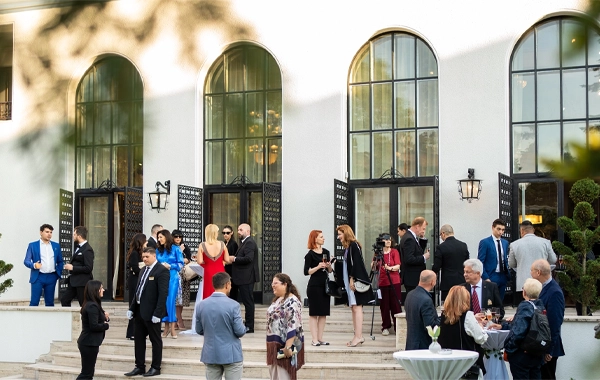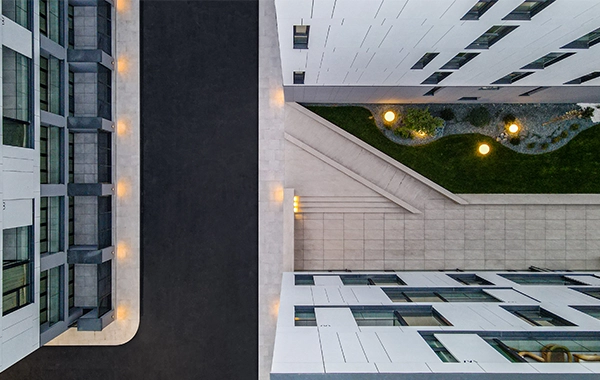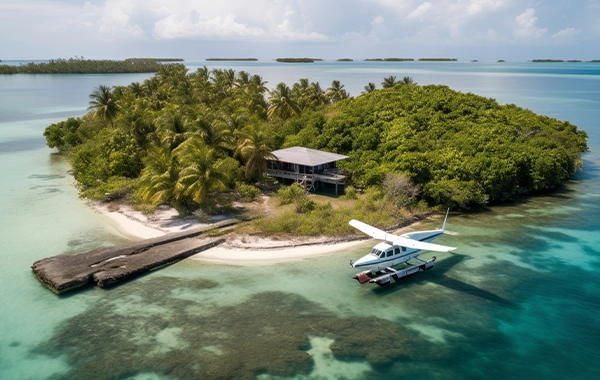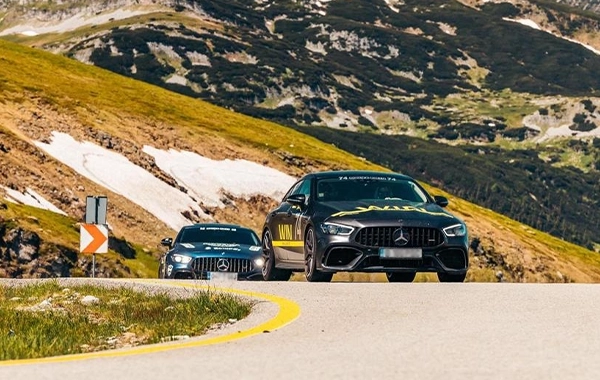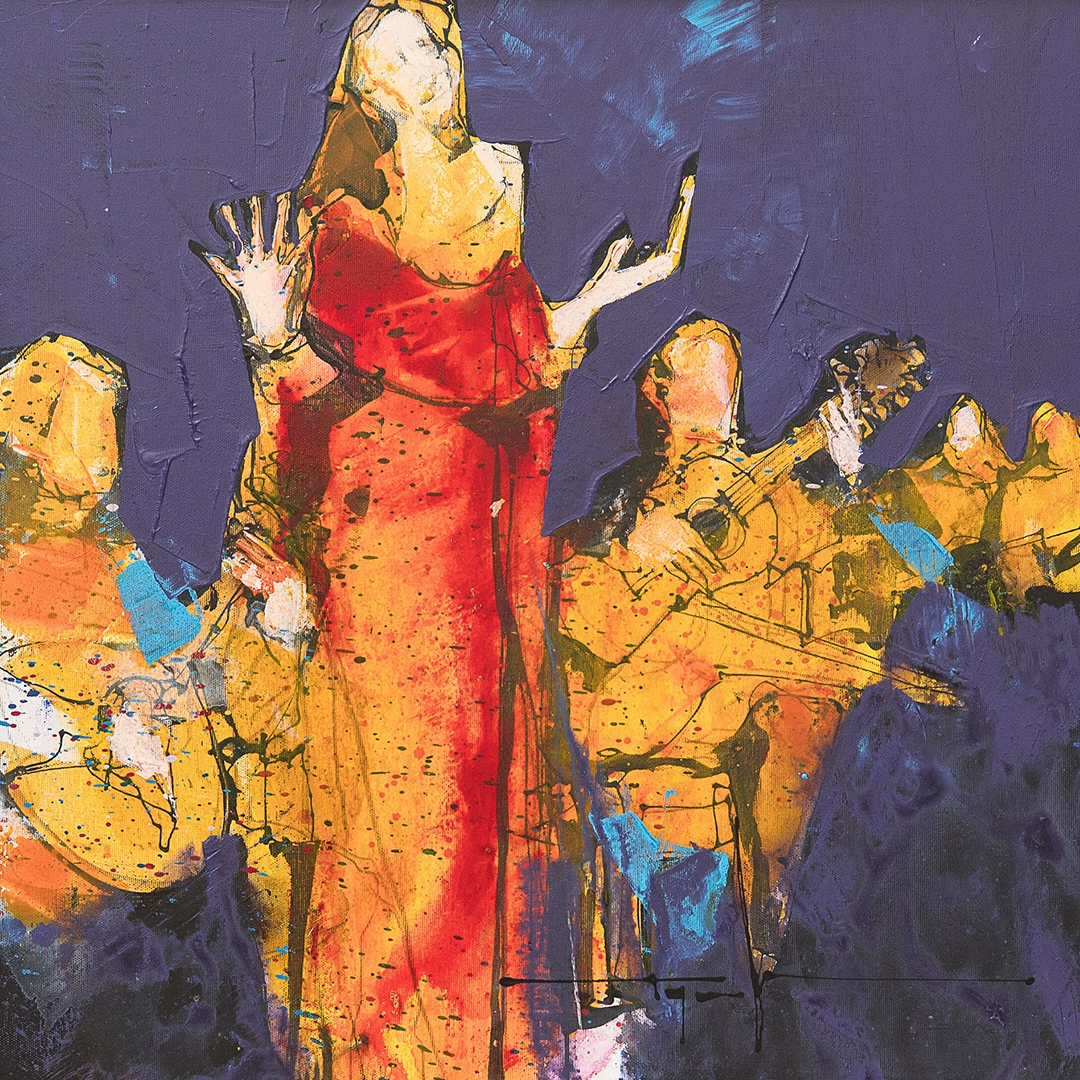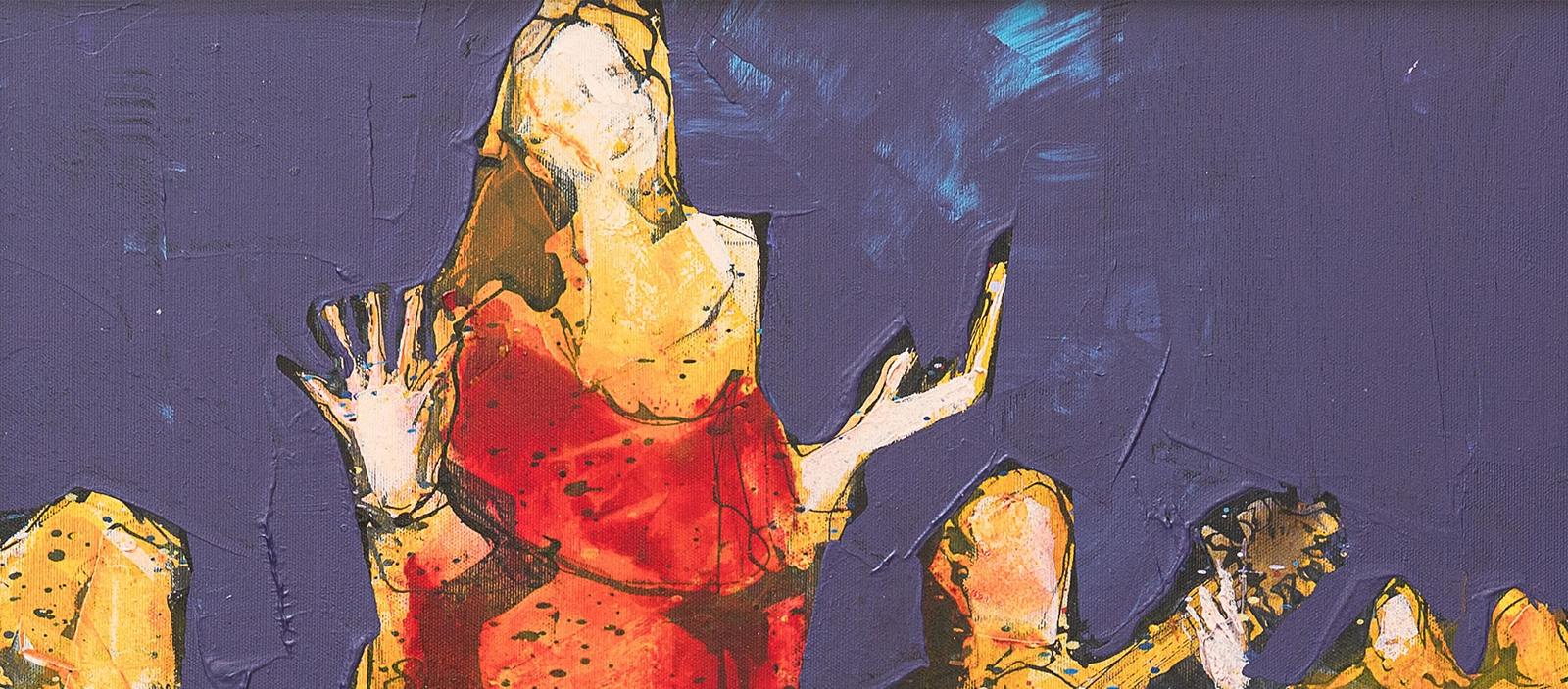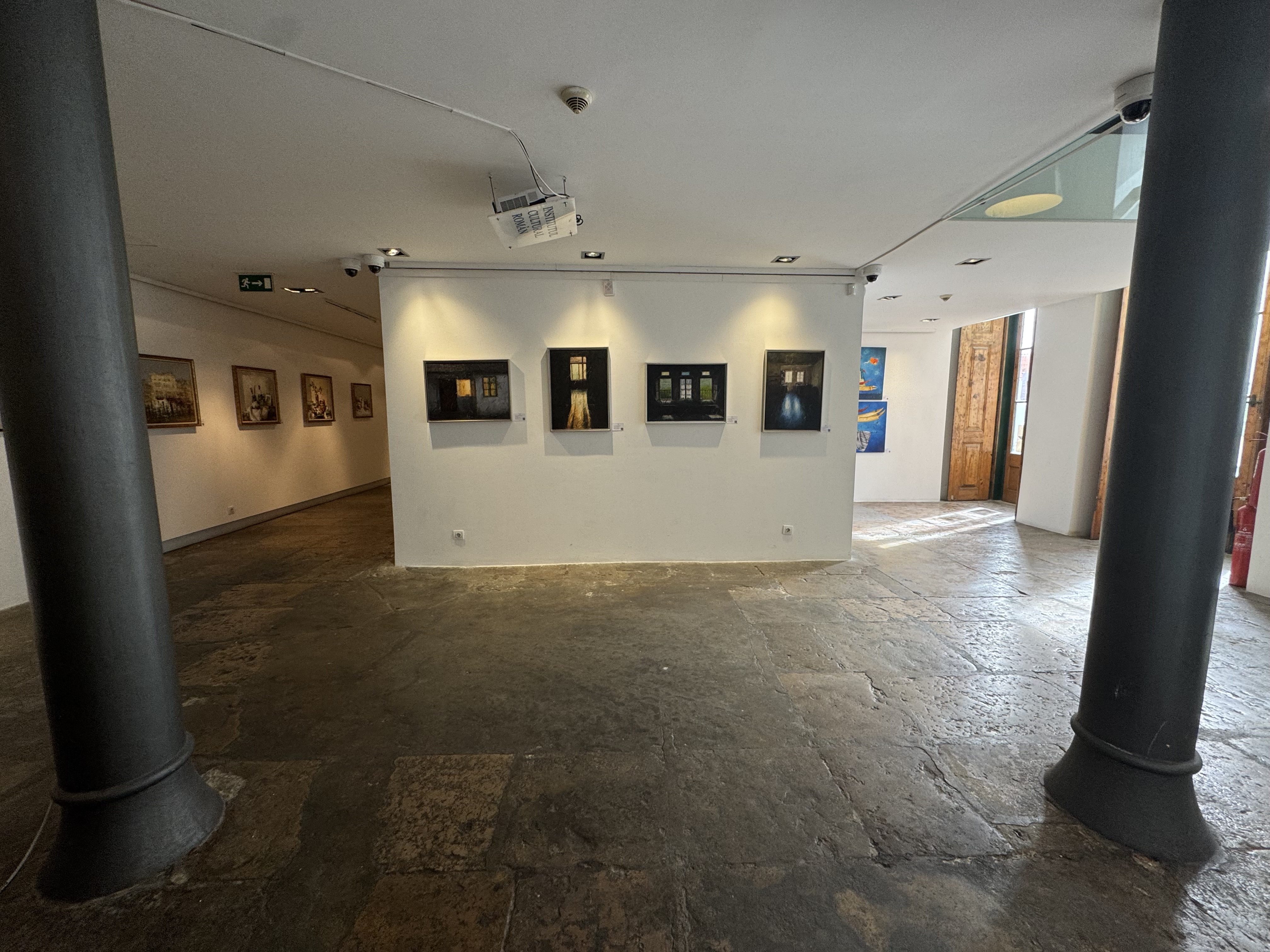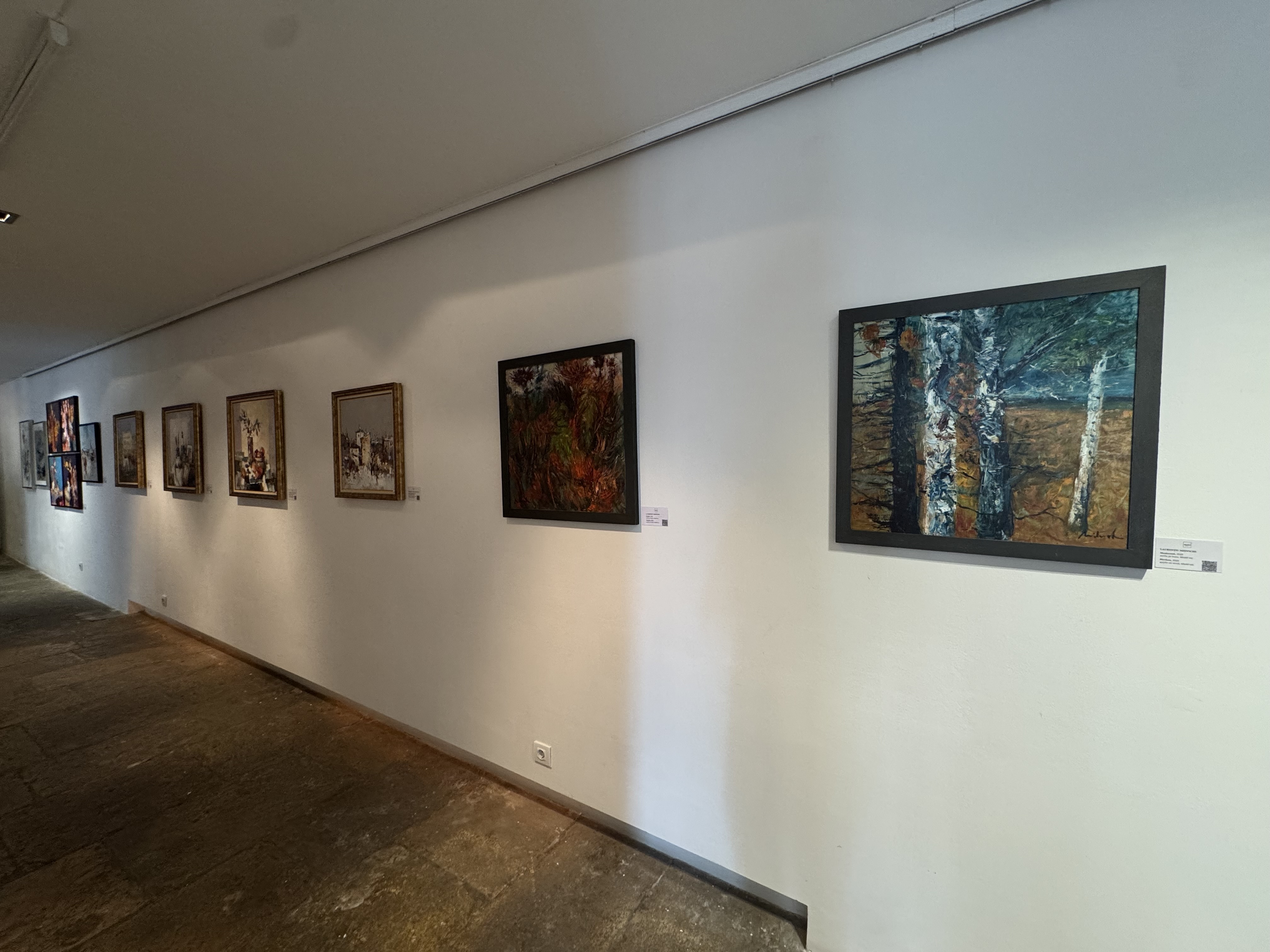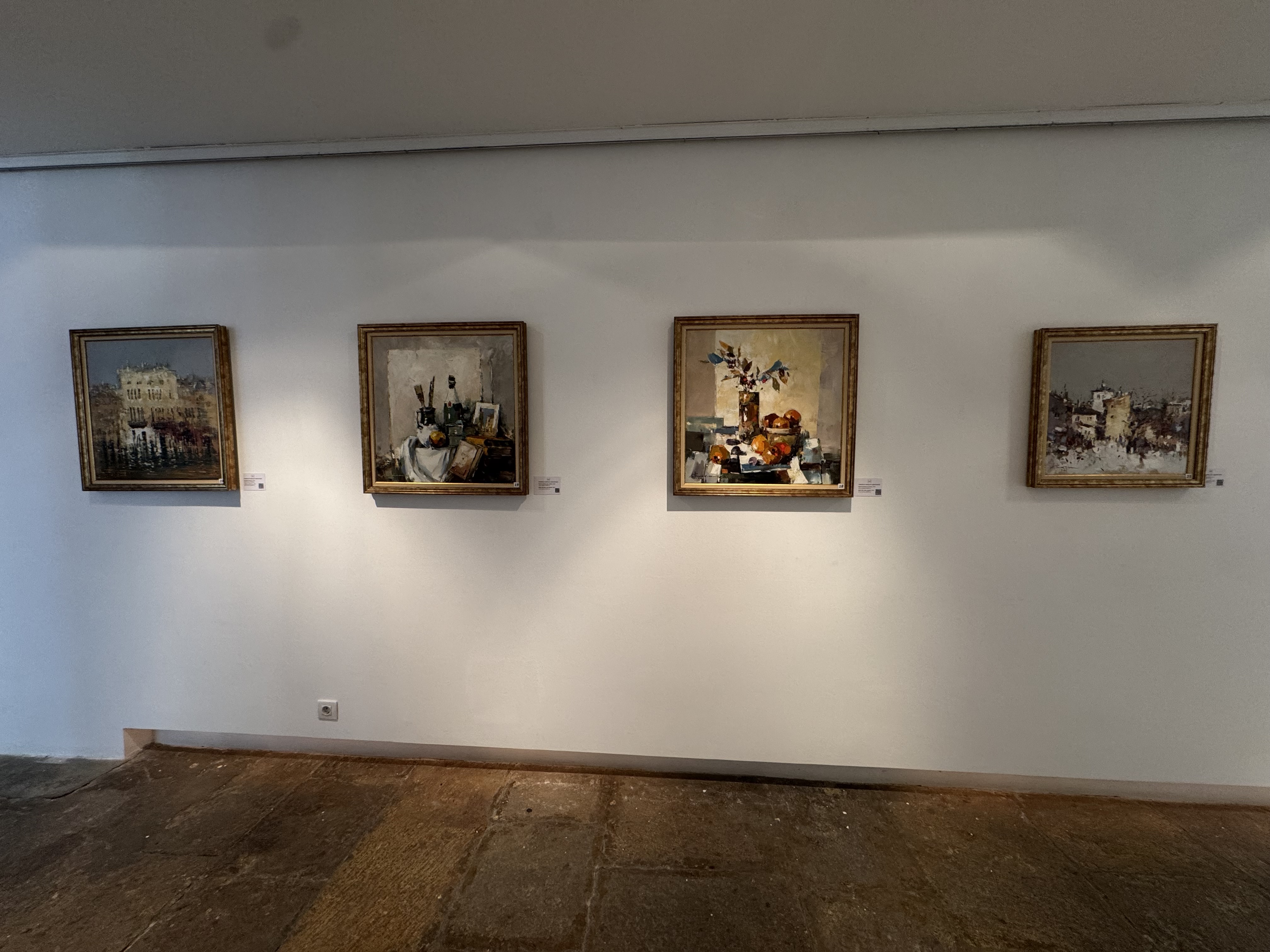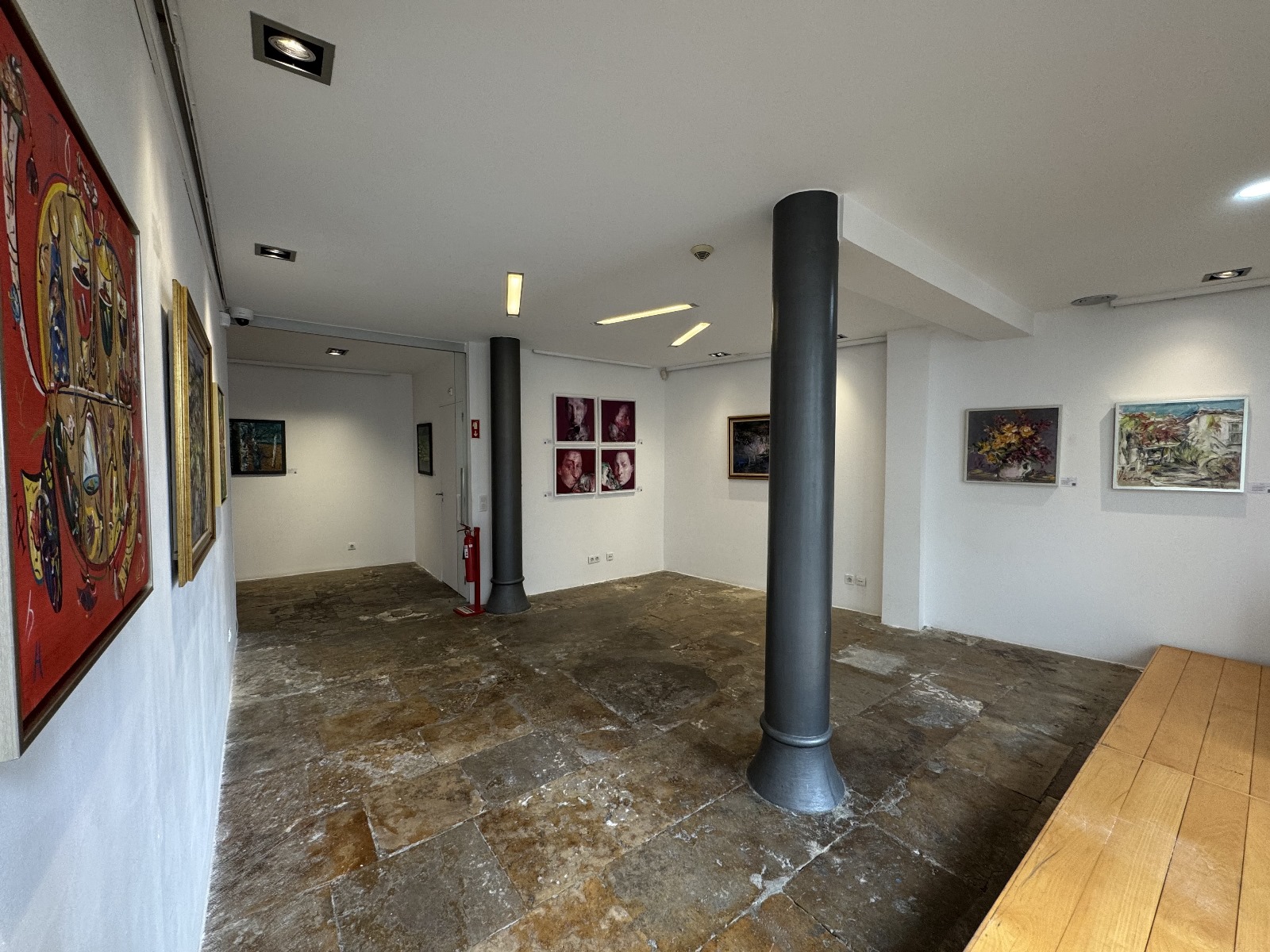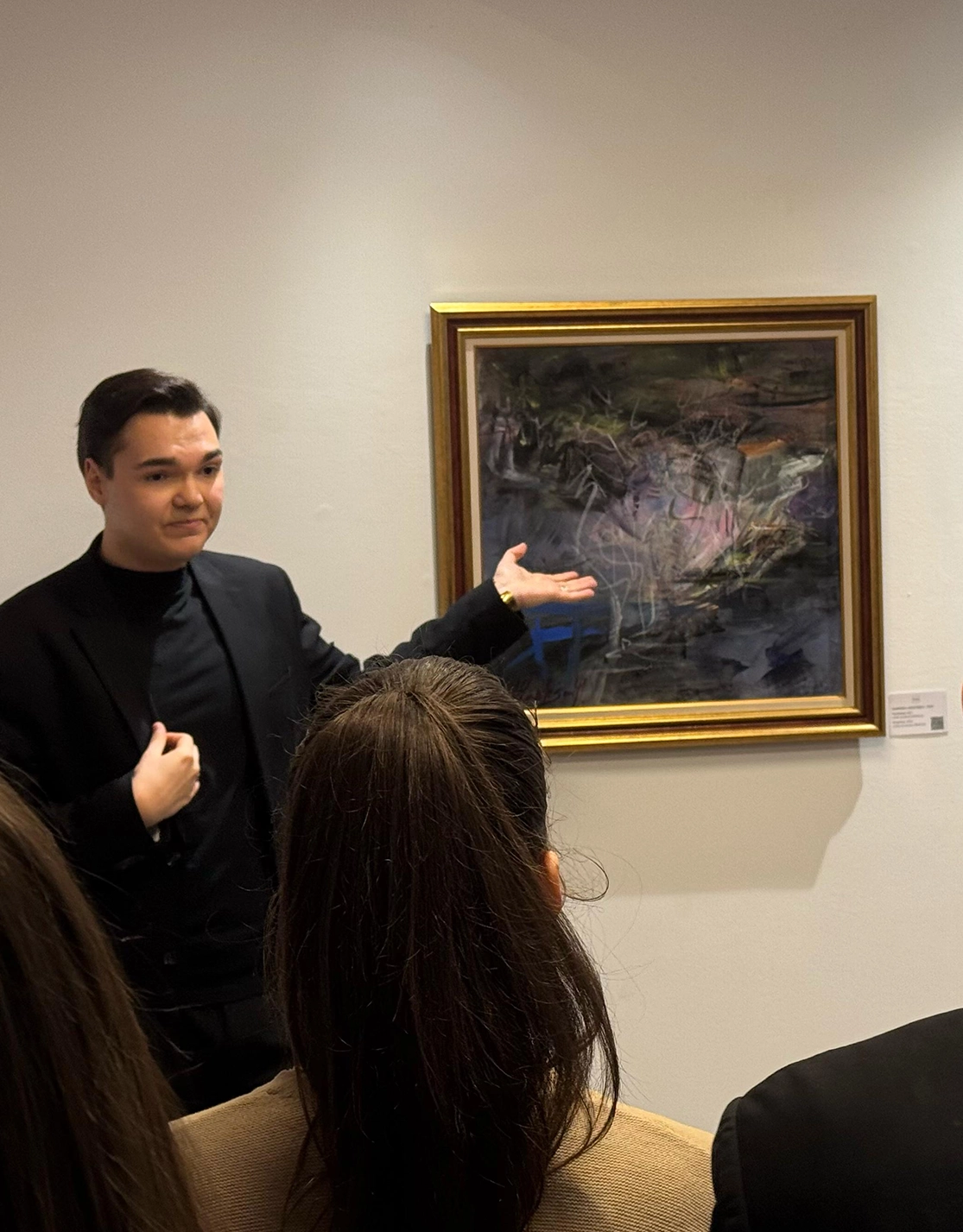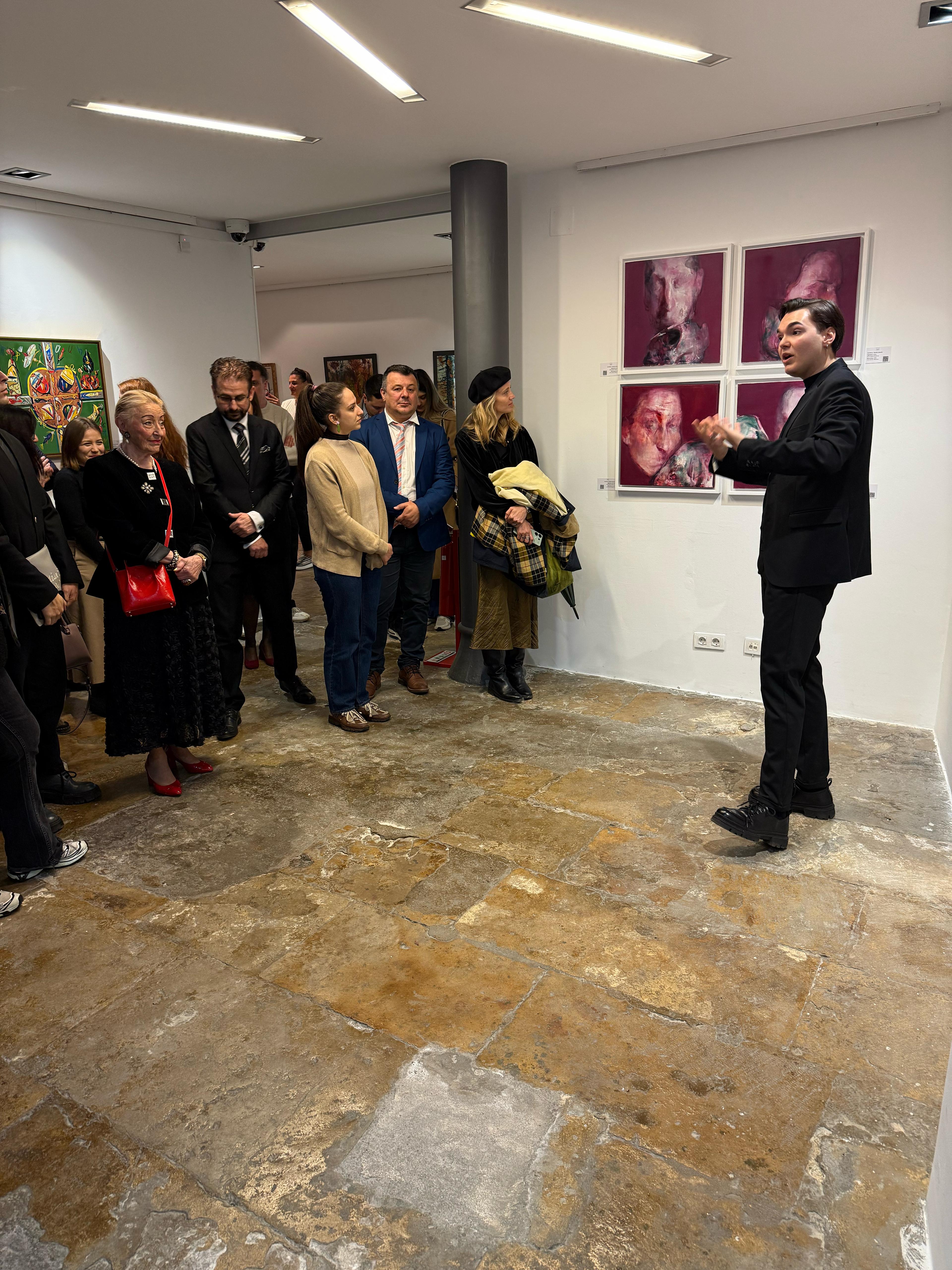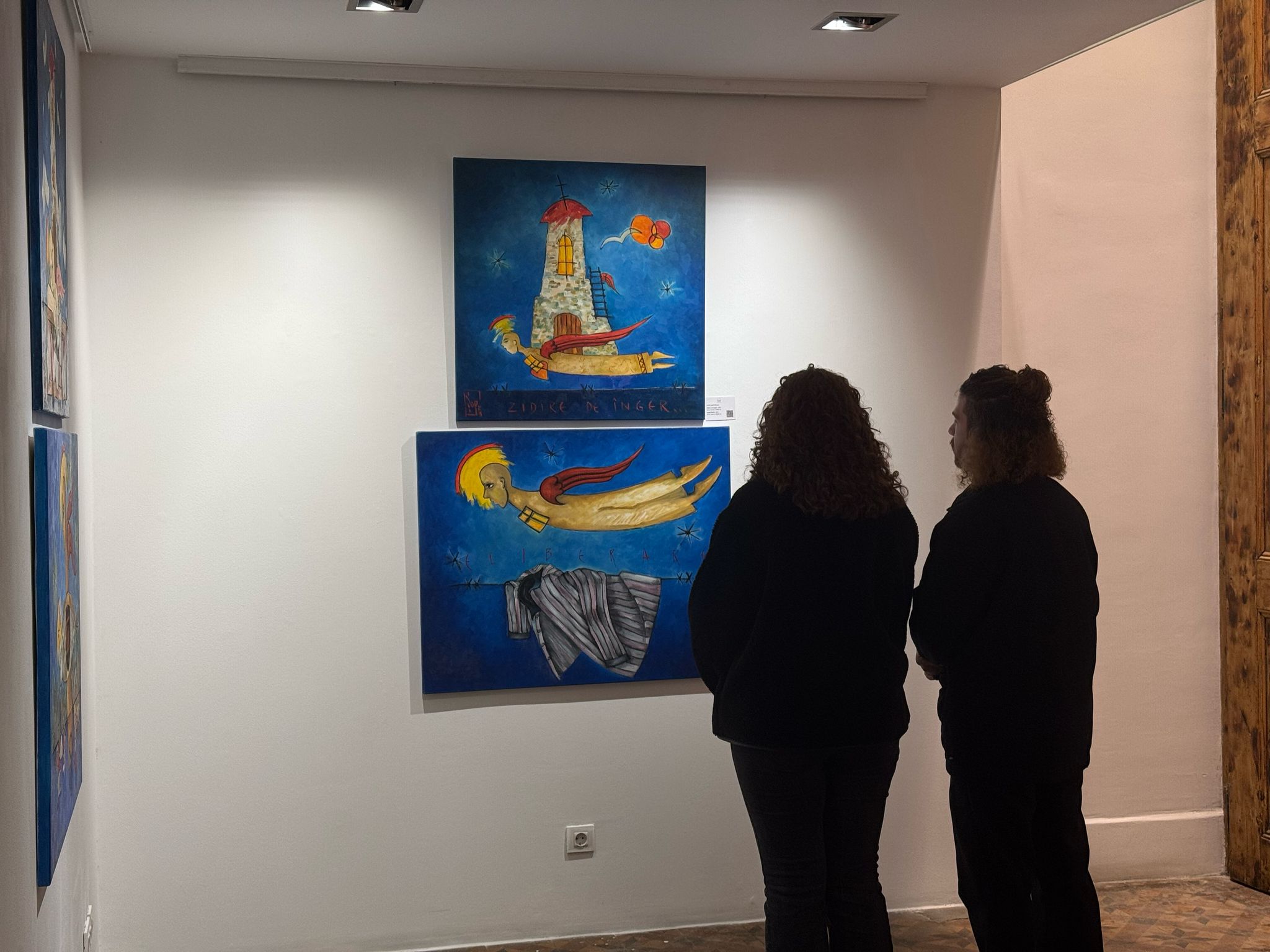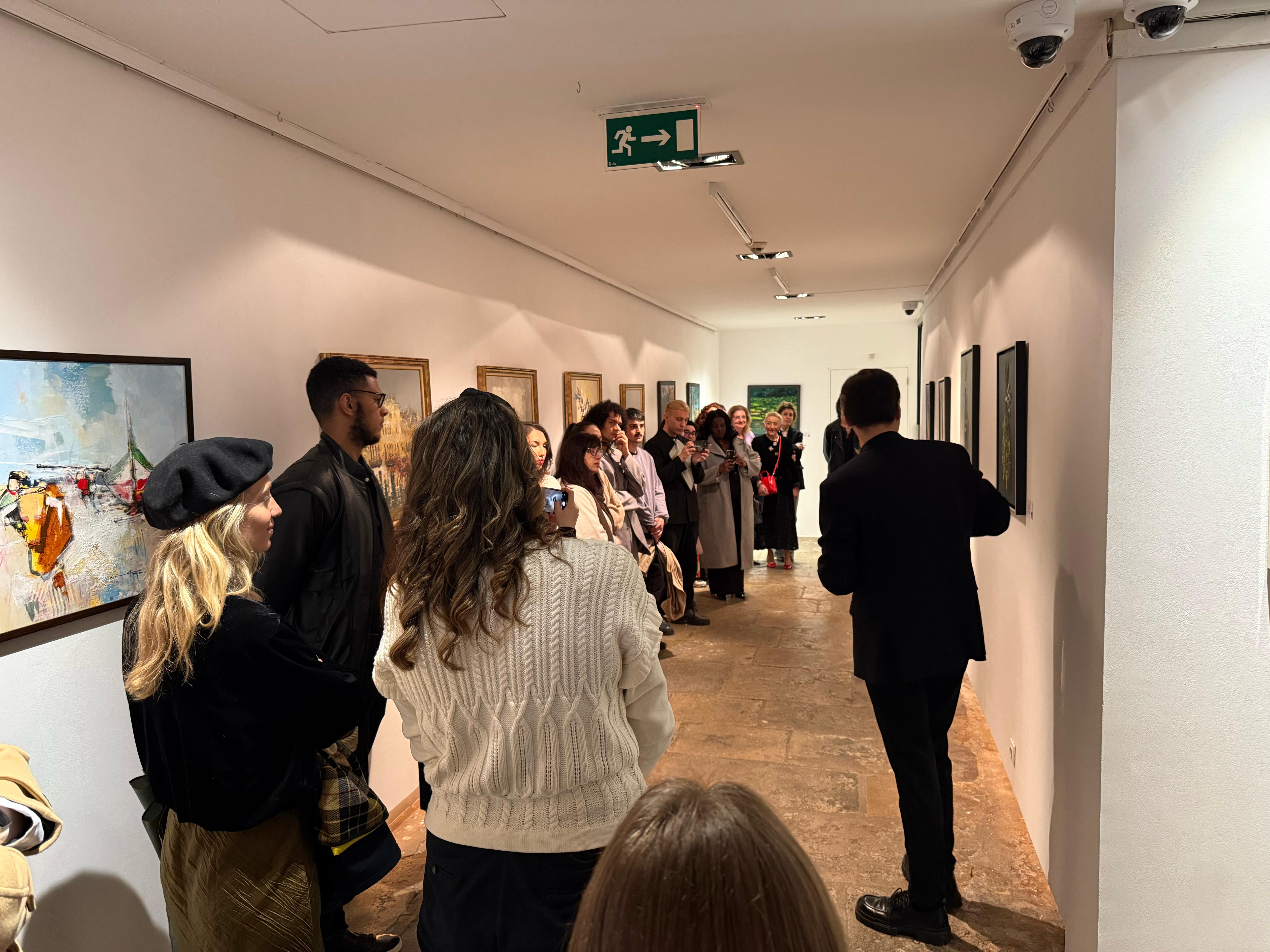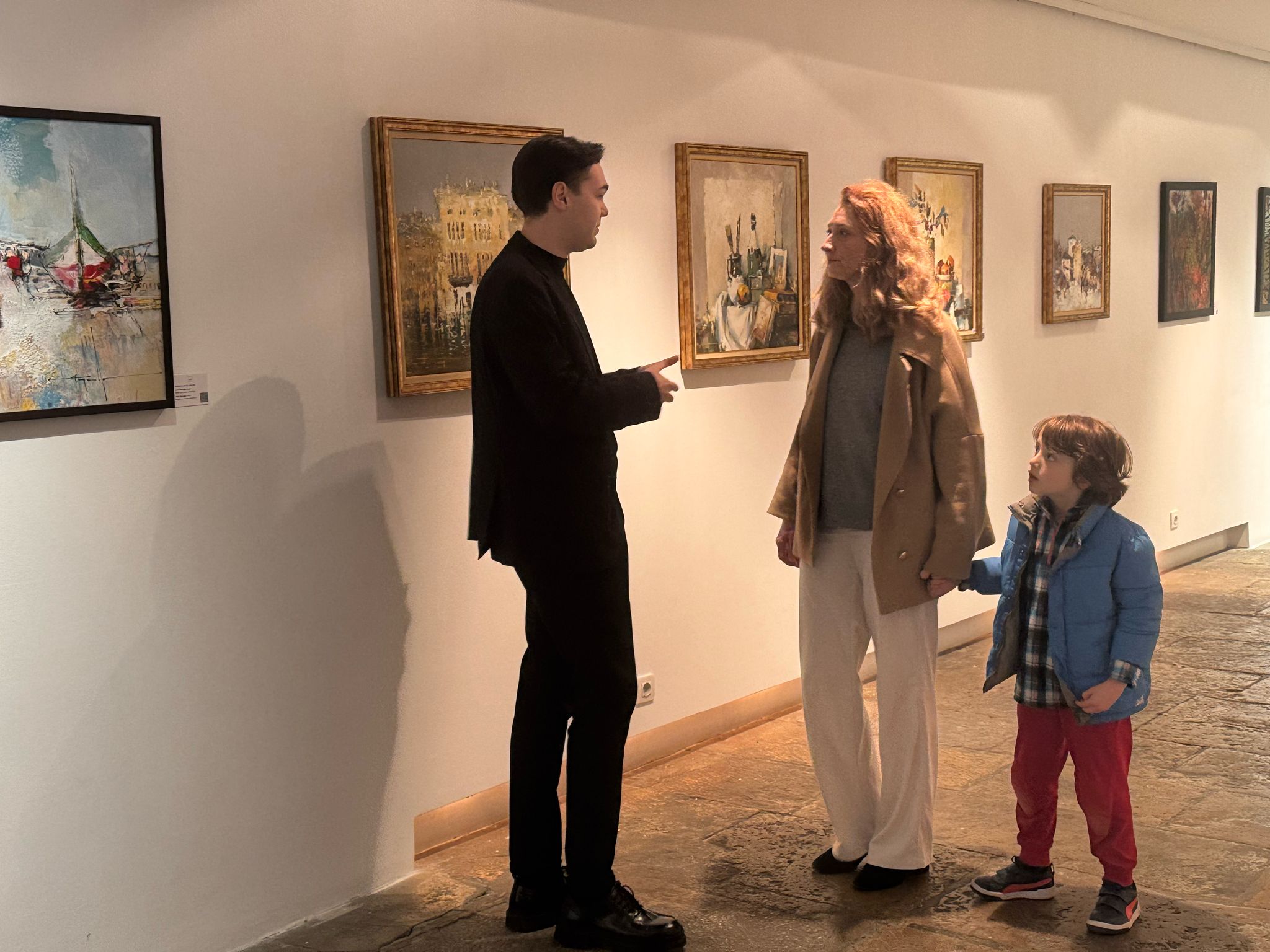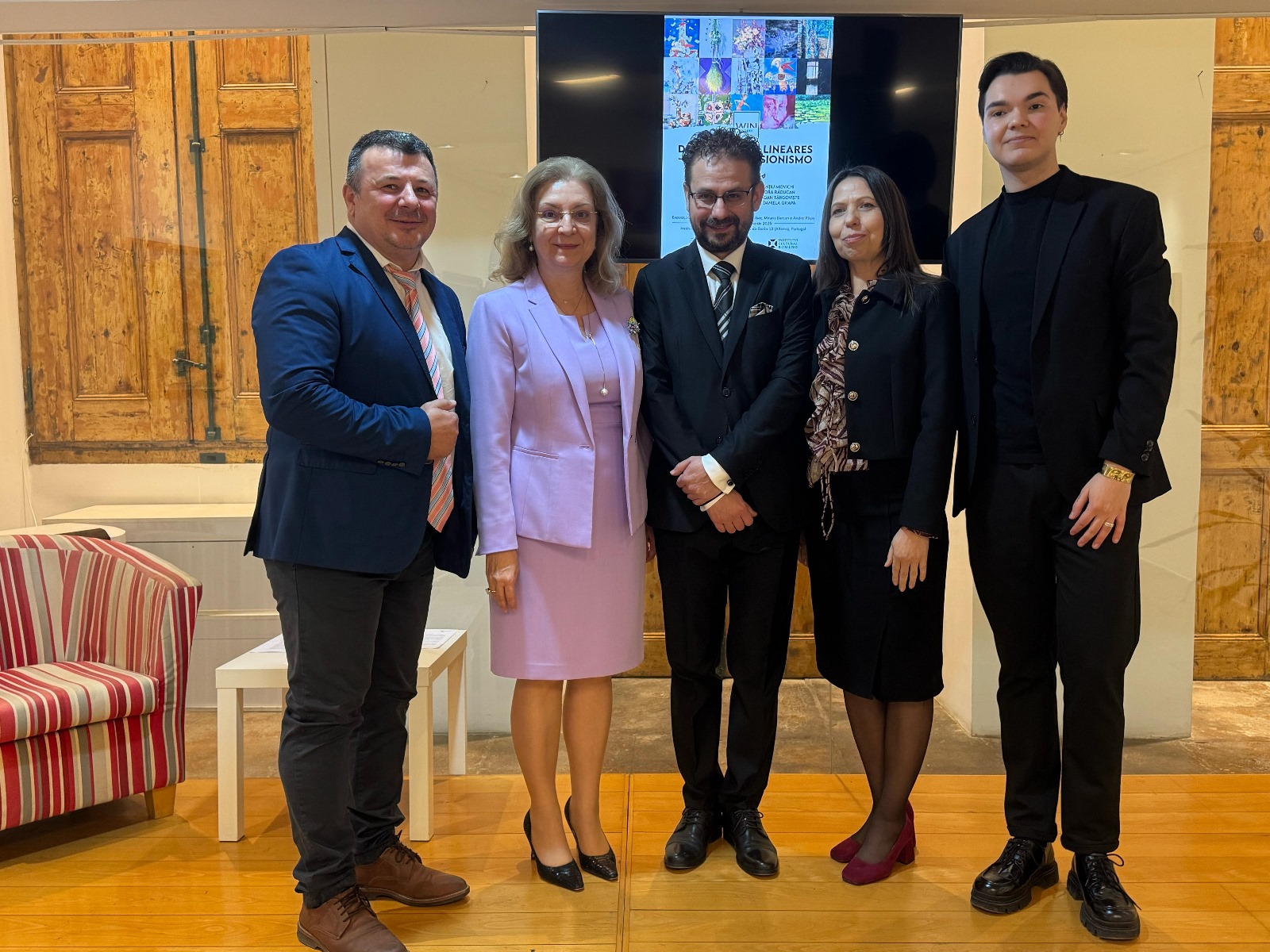In a fragmented reality, where the linearity or coherence of the world becomes increasingly illusory, the exhibition "Nonlinear Dystopias – Romanian Neo-Expressionism" presents a visual discourse in which the artist’s inner tensions become a visual echo of an external landscape in transformation. Organized by WIN Gallery, in partnership with the Romanian Cultural Institute in Lisbon, the exhibition brings together ten contemporary Romanian artists: Corneliu Drăgan-Târgoviște, Daniela Grapă, Laurențiu Midvichi, Liviu Șoptelea, Flora Răducan, Florin Mocanu, Florin Mugur Popa, Marcel Lupșe, Marinela Măntescu-Isac, and Ștefan Pelmuș. Their works not only illustrate neo-expressionism as an artistic direction but reinvent it through a profoundly subjective approach, particularly in relation to the identity crisis of the present.
The exhibition does not aim to depict a recognizable dystopia, constructed on the visual clichés of an end-of-the-world scenario. It is not about apocalyptic narratives or the ruins of a desolate future but rather a personal dystopia, experienced individually and transposed onto the canvas through powerful expressionist gestures, fragmented compositions, and color palettes that reveal both states of unrest and escapes into a personal refuge. "Nonlinear Dystopias" thus becomes a collection in which each work assumes its own personal expression of a world evolving faster than ever—one that generates both anxieties and new artistic sanctuaries.

